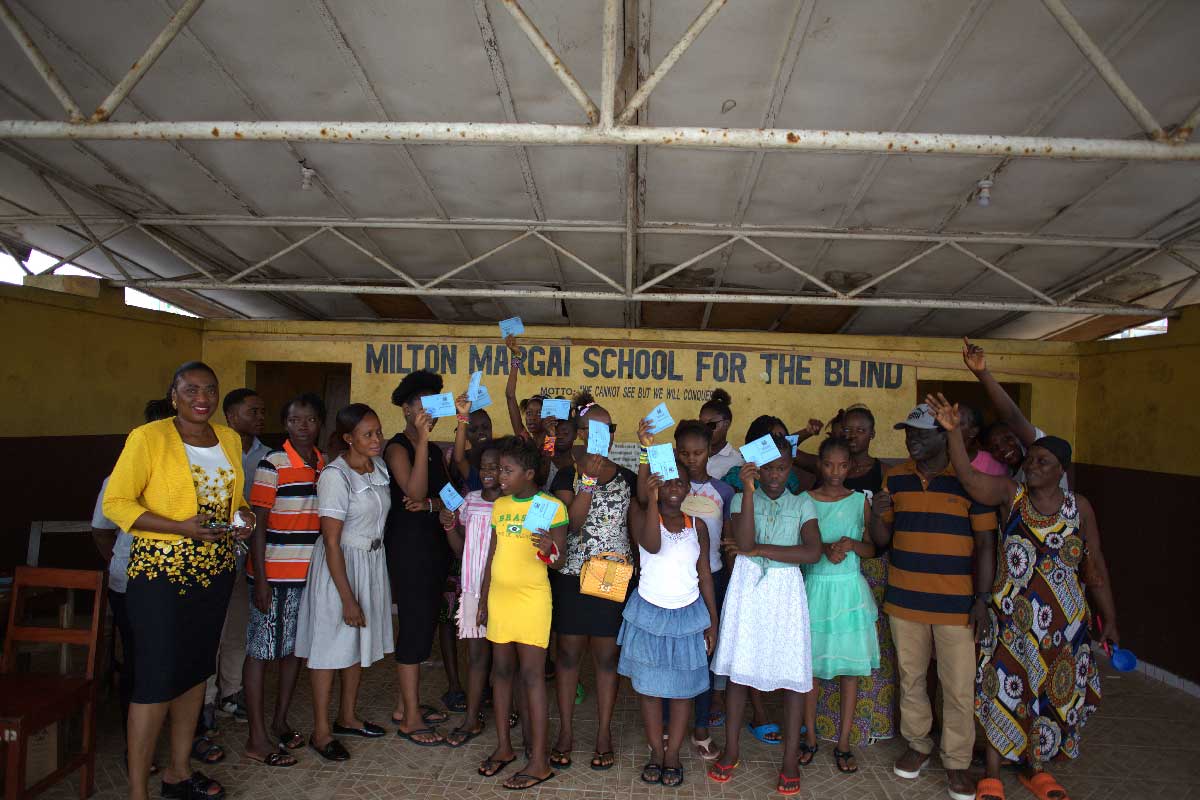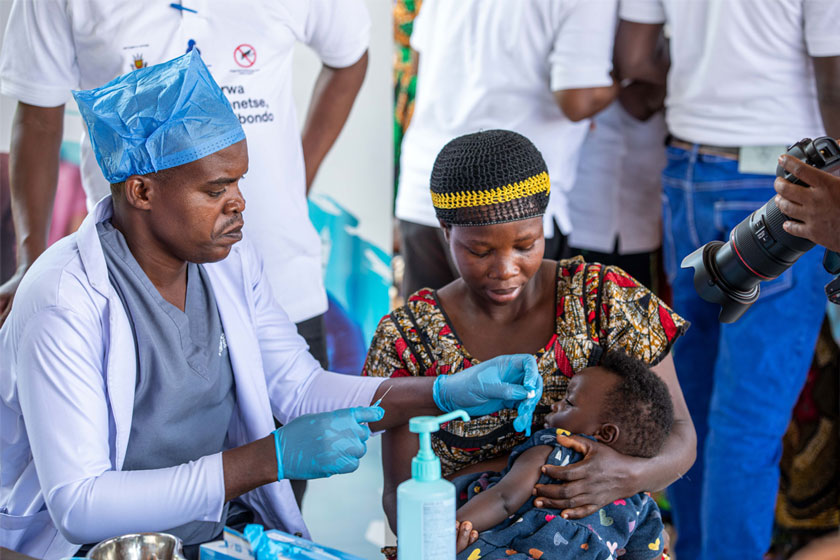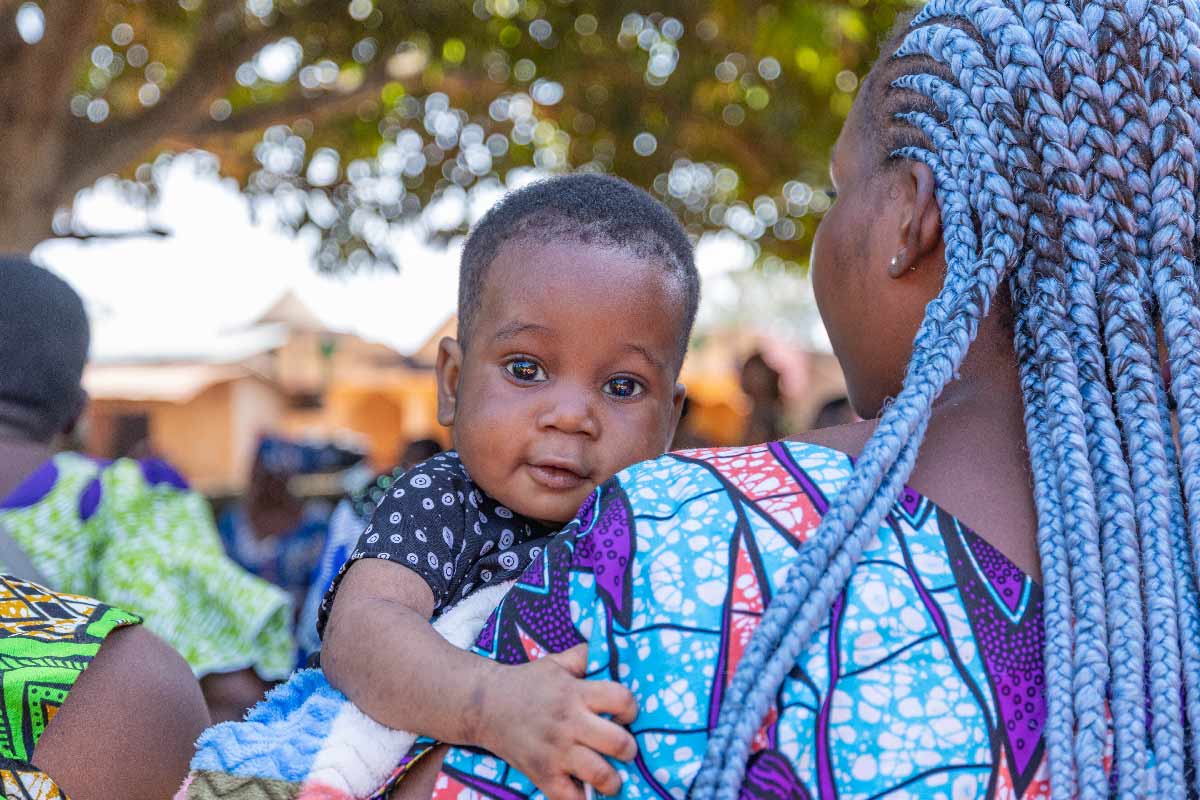COVID-19 vaccine coverage continues to increase in lower-income countries
The COVAX facility has shipped nearly two billion doses worldwide, ensuring health care workers and older people in low-income countries are protected against a virus that is still claiming lives across the world.
- 19 April 2023
- 2 min read
- by Gavi Staff
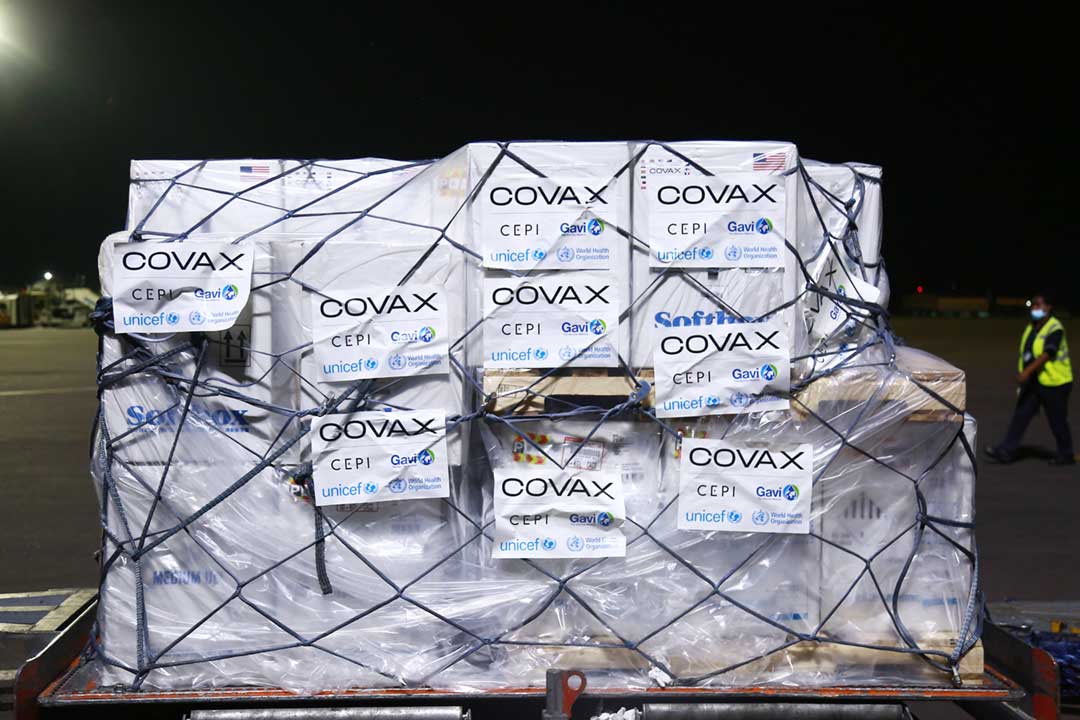
COVID-19 vaccines are reaching more of the world's vulnerable population than ever before. Through the COVAX Facility, a mechanism to ensure the equitable distribution of COVID-19 vaccines that is co-led by Gavi, 1.98 billion doses of vaccine have been allocated, and 1.95 billion of those shipped.
Gavi's latest COVAX data brief shows that lower income countries continue to increase COVID-19 vaccine coverage. Over the past month coverage rose from 54% to 55%, against a global average of 66%.

One of the main COVAX goals is to ensure those at highest risk are protected, 82% of health care workers in lower income countries have had their primary doses, compared to 89% globally, and 57% have had boosters.
Have you read?
In older adults, coverage is 69%, up from 68%, compared with 92% worldwide. Now, 85% of lower income countries have started boosters, not far off the global average of 89%.
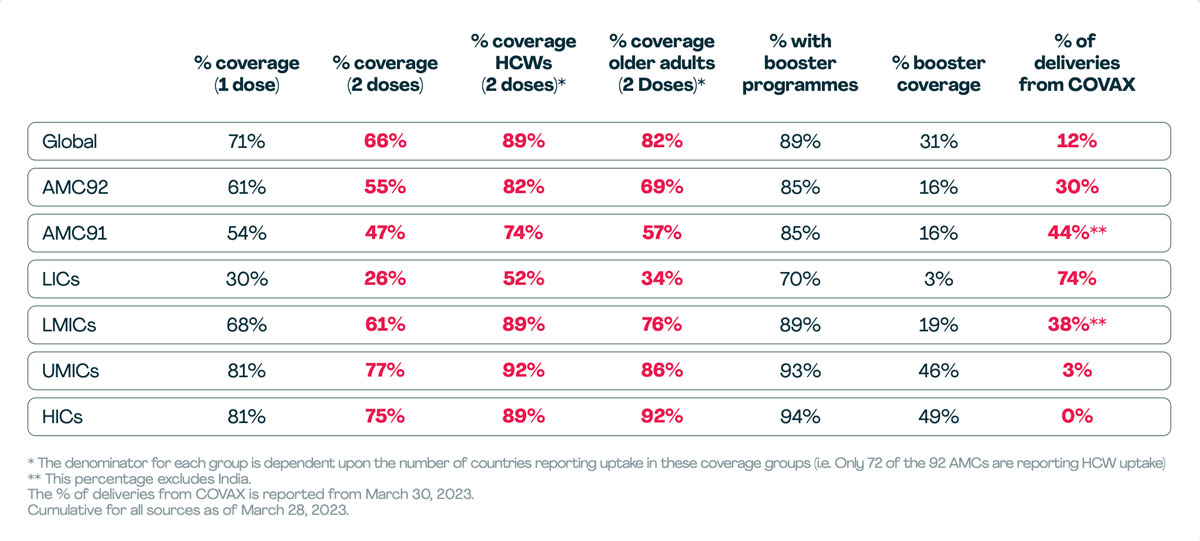
In late 2022, COVAX partners began a 2023 demand-forecasting exercise, taking into account factors such as absorption capacity, timing of other immunisation campaigns, target populations for the proposed COVID-19 vaccination campaigns and cold chain capacity. In January 2023, demand was expected to be 350–450 million, but by April 2023, this had been adjusted downwards to 200–300 million.
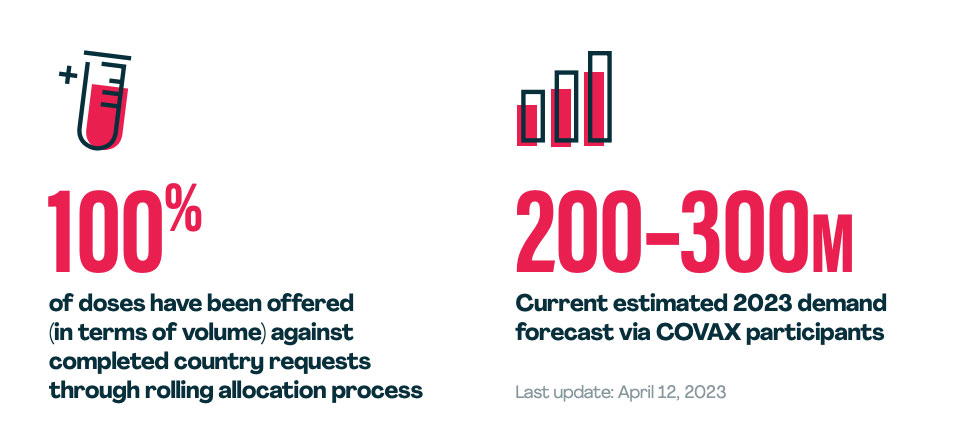
Globally, COVID-19 is still a major public health problem – there have been three million new cases and more than 23,000 deaths reported in the last 28 days. This is a decrease of 28% and 30% respectively compared to the previous 28 days, however there has been an increase in deaths and cases reported in southeast Asia and eastern Mediterranean regions, emphasising the value of continuing to distribute COVID-19 vaccines in low- and middle-income countries.
More from Gavi Staff
Recommended for you





